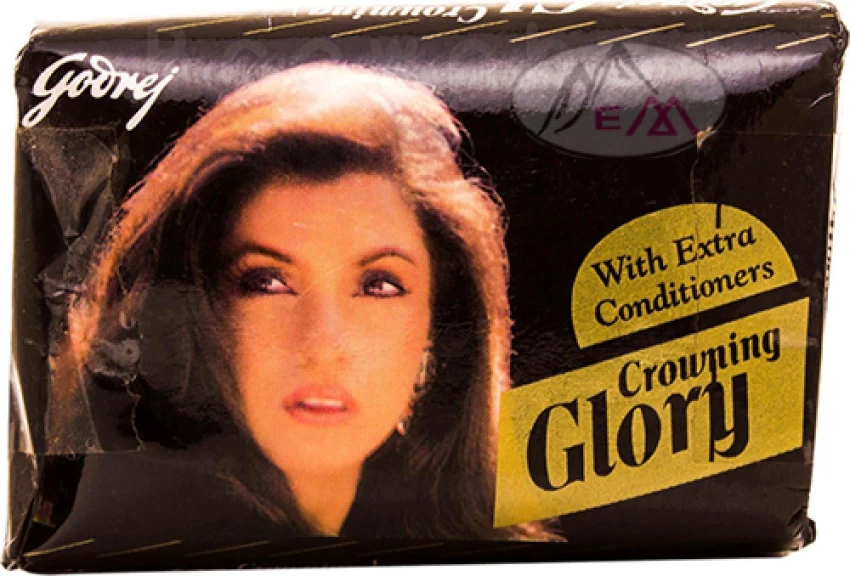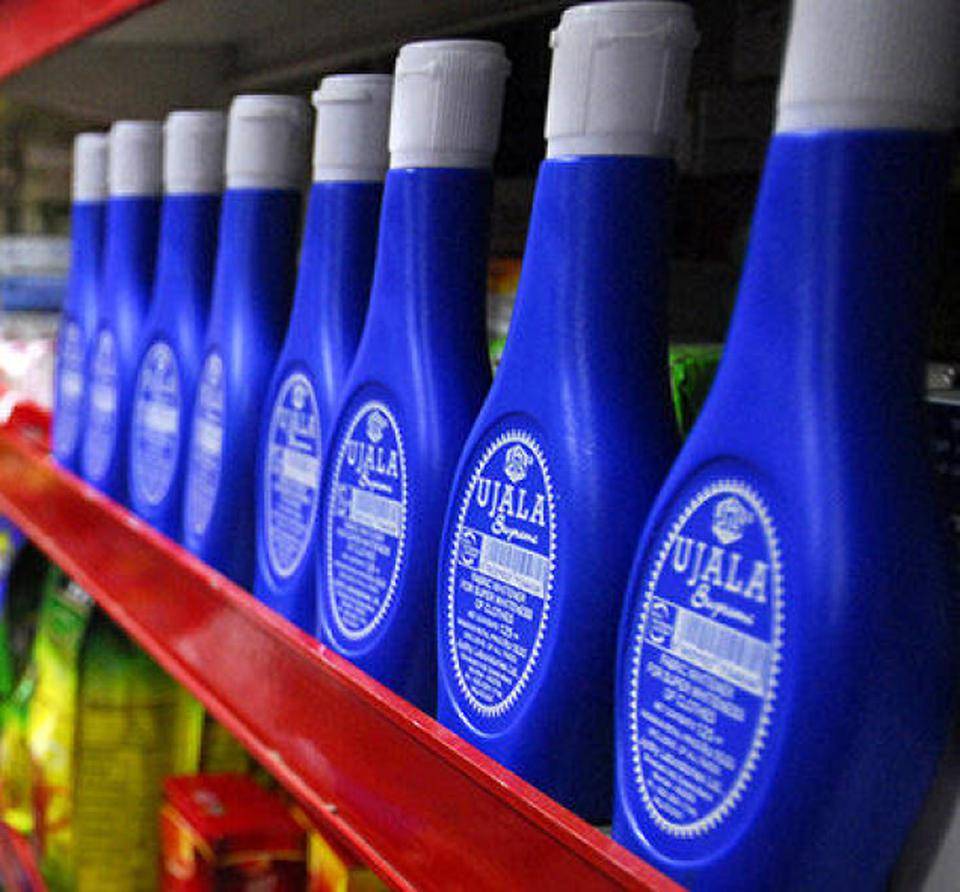Forgotten Brands – Godrej’s Crowning Glory

How frequently does a commercial perform well, but the product itself fails to sell? Crowning Glory is one of them.
Indians are more likely to recall the commercial with Bollywood actress Dimple Kapadia than they are to recall using the soap itself.
It was 1985, and Godrej was the manufacturer of this soap bar. In India, the advertisement caused quite a stir.
Marketed as a “soap-cum shampoo” for women. Godrej’s introduction of the brand is an instance of category positioning. It was soap, but it had been modified in response to the widespread practice of also using bathroom soap to clean one’s hair. So, not only was it going to be used as toilet soap, but it also promised thick, healthy hair! Soap was therefore pitted against shampoo as a product type.
It happened during Dimple Kapadia’s Renaissance period. And the commercial was a daring departure from the stereotypical ritualist. It was perhaps the start of a new period in which vanity was openly discussed, breaking away from the norms of the Bahu culture, particularly in media like television.
Dimple Kapadia gave the commercial more “oomph” during a period when such celebration of sensuality was more than frowned upon. The fearless Kapadia shattered the boundaries of acceptable behaviour.
It was indicative of a progressive India, one in which women were not obligated to follow “traditional” gender roles.
The advertisement aired to widespread acclaim on television.
Parameshwar Godrej was instrumental in the conception and production of this Zafar Hai-directed commercial. The “Dance of Shiva” by Biddu was utilised. The filming took place in the swimming pool of Godrej’s mansion.
Young people waited expectantly, but with some reluctance, for the commercial. For those of an older generation, this was a “not to be seen” ad back then, the same as a taboo. The social standards and organisation were drastically different, particularly in the more rural areas.
However, the shift in advertising tactics began around that time and ultimately transformed India.
Companies’ advertisements became more outspoken, sending the idea that breaking with the era’s conventions was perfectly acceptable.
A solid advertisement, however, can only buttress a product and provide the necessary exposure. At the end of the day, it doesn’t matter how much or how effectively you market if your product isn’t good or competitive.
Crowning Glory seems to have followed this pattern. Its most notable quality was not the product itself, but rather the celebrity who endorsed it.
Although the product had been taken off the market by the middle of the 2000s, it was still offered in certain stores and online up until the turn of the century.
The ad’s moment of glory may have passed, but its legacy lives.



